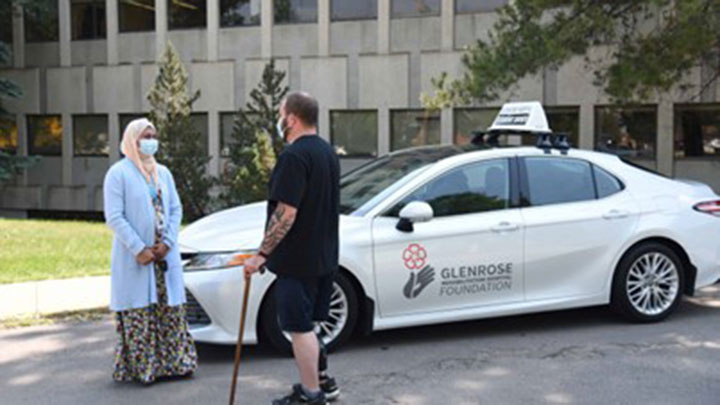
DETS provides driving assessment, counselling, and training for young adults, adults and seniors who have a wide variety of disabilities or health conditions.

Referring Providers: Visit the Alberta Referral Directory for Driver Evaluation & Training Service.
View the following service listing to access a service overview, eligibility criteria, hours of operation, contact information and a street map.
What to bring:
Parking at the site is limited. Plan to give yourself enough time to arrive at your appointment. There is a cost for parking. Refer to the parking map for rates.
From the main entrance of the Glenrose, turn left at patient registration and walk towards the elevator core. Take the elevator to the second floor (2) Floor. Check-in with the receptionist at the OT/PT reception desk.
The DETS program assessment consists of two parts to be considered complete.
An in-house evaluation, which happens in the hospital and looks at the main skills that are required to be safe while driving.
Takes place in one of the program vehicles and looks at on-road safety as it relates to your condition.
An Occupational Therapist will complete the in-house evaluation. Core skills that will be assessed include:
In some instances, a person may have challenges with the in-house evaluation that may prevent them from moving forward with the second part of the assessment. This is most commonly due to safety concerns and could also be to recommend therapy options before moving on to the on-road assessment to become successful.
If safe to do so, the second part of the assessment is an on-road evaluation done by both an Occupational Therapist and a Certified Driver Instructor in one of our program vehicles (equipped with an instructor's brake for safety and for insurance purposes). The on-road assessment includes:
After both parts of the testing are complete, the DETS team meets with the client to discuss results and recommendations face to face. A report is generated after the assessment and recommendations are shared with the referring doctor as well as Driver Fitness and Monitoring. Driver Fitness and Monitoring make the final decision on all return to driving situations.
Mid-sized sedan car with:
Mini van with:
Equipment that can be trialed in our vehicles includes: